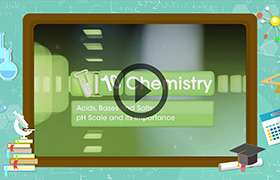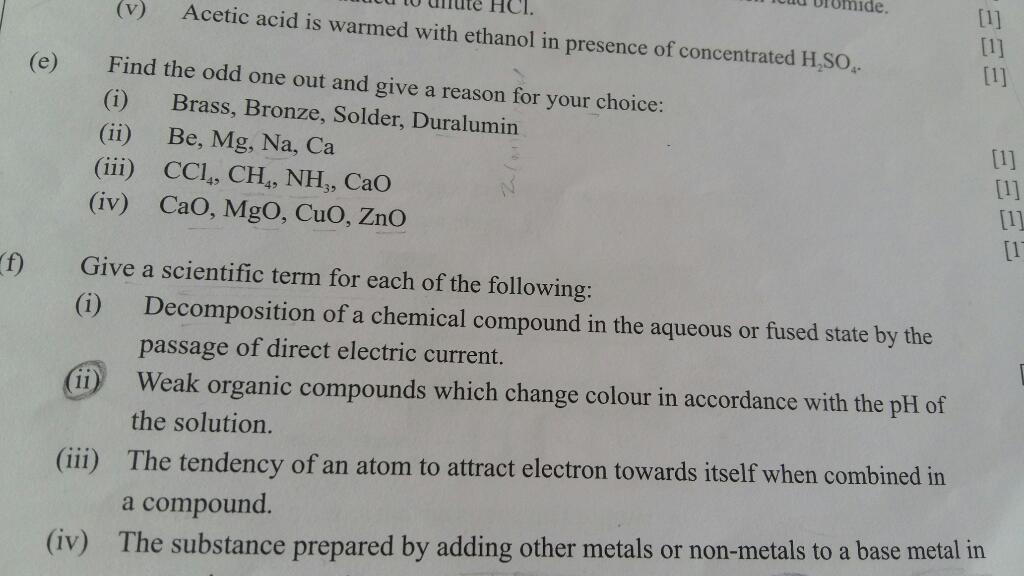ICSE Class 10 Answered
(a) (i) Solution A
(ii) Solution C
(b) Ionic bond between metal and non-metal
Covalent bond between two non-metal.
Reason: - A metal can easily lose electron whereas a non-metal can easily gain electron therefore, easy transfer of electrons is possible between these elements and thus ionic bond formation takes place between a metal and a non-metal.
And between two non-metals no transfer of electrons is possible as both have a tendency of gaining electrons therefore; bond formation between two non-metals can only take place by sharing of electrons that leads to covalent bond formation.
(c) (i) Hydrogen and Helium
(ii) Copper, Iron.
(d) (i) According to Modern periodic law, the physical and the chemical properties of elements are the periodic functions of their atomic numbers.
(ii) Group 1 elements are likely to be metallic in nature.





